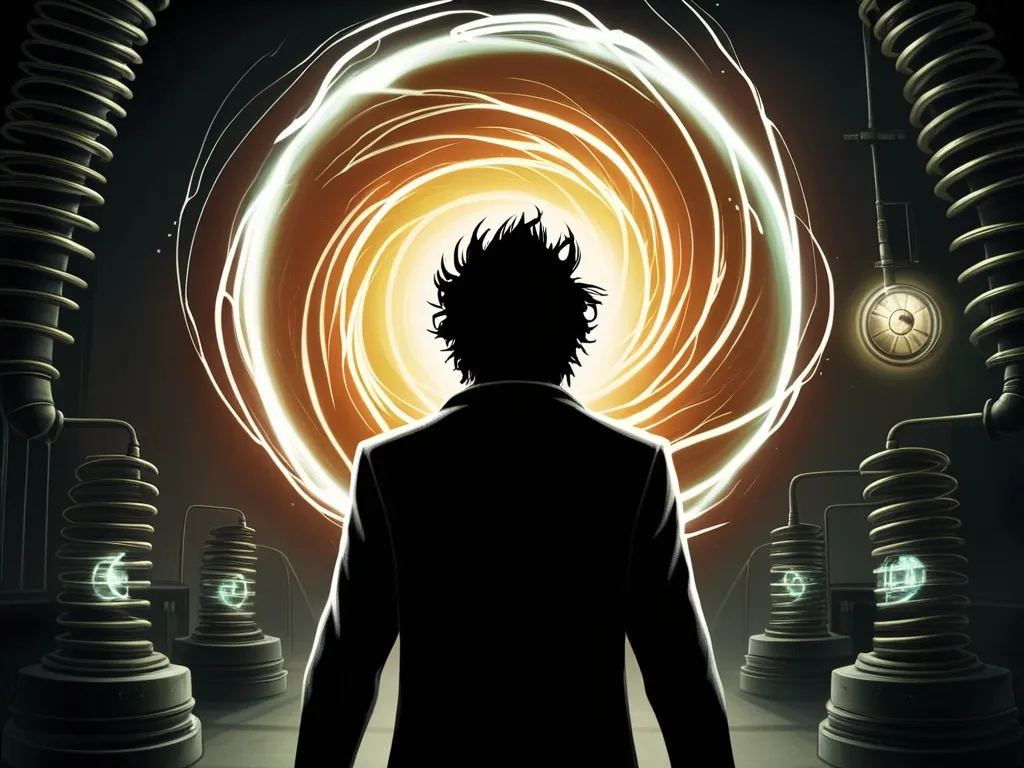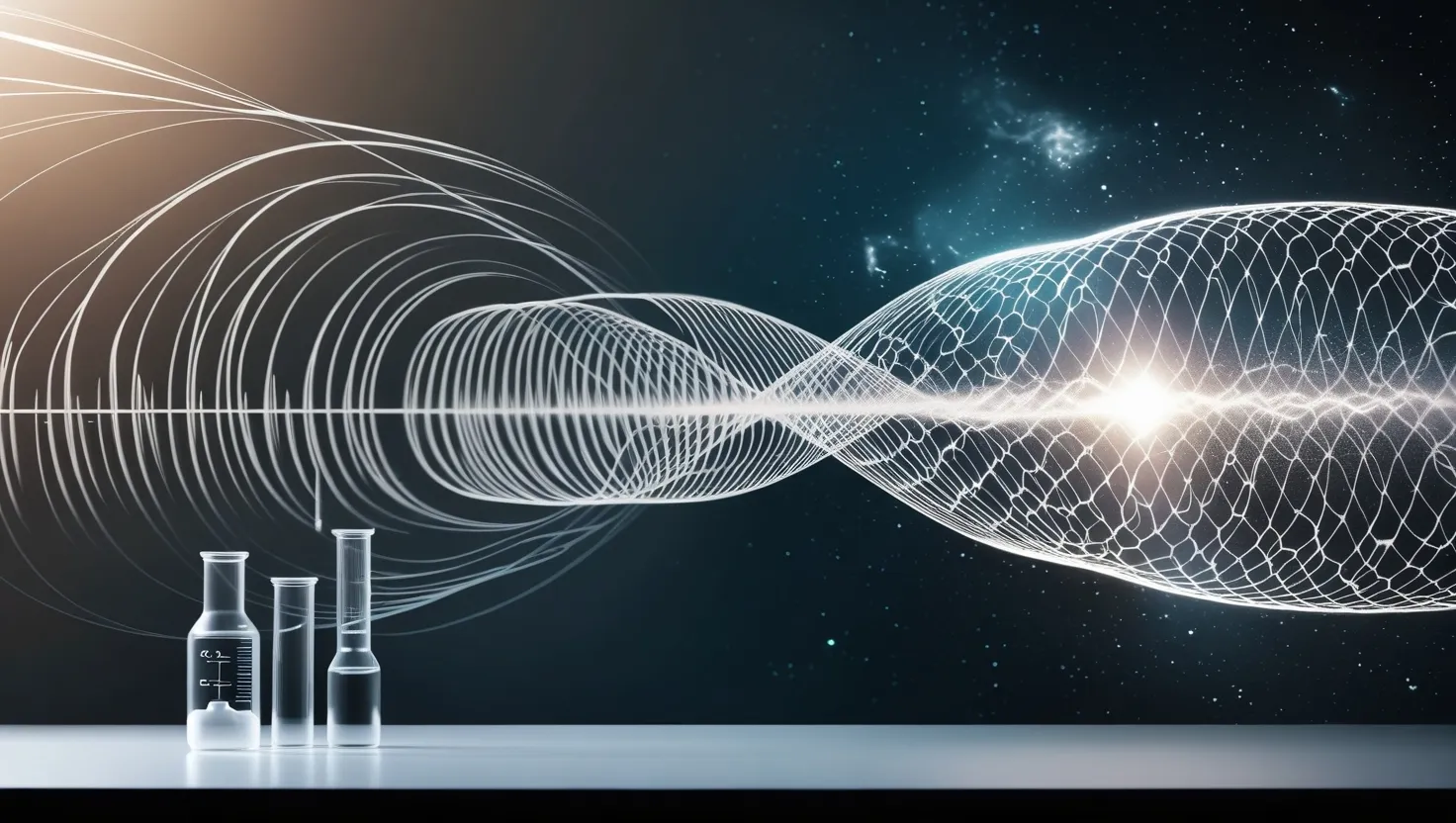As we delve into the fascinating and often mysterious life of Nikola Tesla, it’s hard not to wonder if this genius inventor might have ventured into the realm of time travel. Tesla, known for his groundbreaking work in electricity and his visionary ideas, has left behind a legacy that is both awe-inspiring and shrouded in speculation.
To understand the allure of the Tesla time travel paradox, we need to start with the man himself. Nikola Tesla was not just an inventor; he was a visionary who saw the world in a way that few others did. His obsession with electricity and his belief in the potential of alternating current (AC) over direct current (DC) led to some of the most significant technological advancements of the 19th and 20th centuries. However, Tesla’s work went far beyond the practical applications of electricity; he was a dreamer who often found himself at the intersection of science and the supernatural.
One of the most intriguing aspects of Tesla’s life is his extraordinary sensitivity to his environment. He could hear the ticking of a watch from three rooms away and feel the vibrations of a carriage passing miles away. This heightened sensitivity, coupled with his intense focus and obsessive nature, led to some remarkable insights. For instance, Tesla claimed that he could see his inventions in vivid detail before he even built them. He described seeing his alternating current motor whirling in the air before his eyes, a vision that came to him during a period of intense mental and physical strain.
This ability to visualize complex systems and inventions with such clarity has led some to speculate that Tesla might have had access to knowledge or insights that were beyond his time. His “white flashes” – sudden, intense visions that preceded many of his inventions – have been interpreted by some as evidence of a connection to a higher or alternate reality. While these claims are highly speculative, they add to the enigmatic aura surrounding Tesla’s work.
Tesla’s experiments with electromagnetic fields and high-voltage apparatus are well-documented, but it’s the lesser-known aspects of his research that fuel the time travel speculations. His work on wireless power transmission, for example, involved building a giant tower in Wardenclyffe, Long Island, designed to transmit electricity wirelessly around the world. Though the project was never completed due to financial issues, the idea itself was revolutionary and ahead of its time. Some theorists suggest that this tower could have been more than just a means of power transmission; it could have been an experiment in manipulating electromagnetic fields in ways that might have unintended consequences, such as altering time.
The concept of time travel, as fantastical as it sounds, is not entirely new to Tesla’s era. H.G. Wells’ novel “The Time Machine,” published in 1895, was a popular work during Tesla’s time, and it’s possible that such ideas were floating around in the scientific and literary communities. However, Tesla’s approach to science was always practical and experimental, rather than purely theoretical. If he did explore time travel, it would have been through his characteristic method of trial and error, using his deep understanding of electromagnetic fields and energy.
The mystery surrounding Tesla’s later life and death only adds to the speculation. He died alone in his hotel room in 1943, and shortly after, his papers and documents were confiscated by the U.S. military. This sudden and secretive action has led many to believe that Tesla was working on something so revolutionary and potentially dangerous that it needed to be kept from the public. Theories range from the development of a “death ray” – a device capable of destroying targets at a distance using concentrated beams of energy – to more esoteric ideas like time travel and communication with extraterrestrial life.
One of the more bizarre conspiracy theories suggests that Tesla was not just an inventor but a time traveler himself, sent from the future to bring advanced knowledge to the past. This theory, though highly improbable, highlights the extent to which Tesla’s life and work have captured the public imagination. It also underscores the idea that Tesla’s vision was so far ahead of his time that it seems almost otherworldly.
In reality, Tesla’s contributions to science were immense, but they were grounded in his meticulous observations and experiments. His work on induction motors, hydroelectric power plants, and telephone voice amplifiers transformed the way we use electricity today. However, his later inventions, such as the “death ray” and his experiments with cosmic radiation, were often seen as eccentric and impractical by his contemporaries.
The question of whether Tesla’s work had any direct implications for time travel remains a topic of heated debate. While there is no concrete evidence to support the claim that he invented a time machine, his experiments with electromagnetic fields and high-voltage apparatus do suggest that he was pushing the boundaries of what was thought possible. The idea that he might have inadvertently stumbled upon a way to manipulate time is a tantalizing one, even if it remains firmly in the realm of speculation.
As we reflect on Tesla’s life and work, it becomes clear that the line between science and speculation is often blurred. Tesla’s extraordinary mind and his ability to see the world in ways that others could not have led to some of the most significant technological advancements of our time. Whether or not he dabbled in time travel, his legacy continues to inspire and intrigue us, reminding us that the boundaries of science are often limited only by our imagination.
In the end, the Tesla time travel paradox is less about whether he actually invented a time machine and more about the enduring fascination with his work and the mysteries that surround it. It’s a reminder that science, at its best, is not just about discovering facts but about exploring the possibilities that lie beyond our current understanding. As we continue to unravel the mysteries of Tesla’s life and work, we are drawn into a world where the boundaries between science, mystery, and speculation are constantly shifting, and where the imagination knows no limits.






